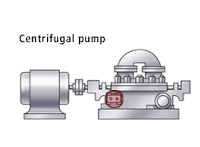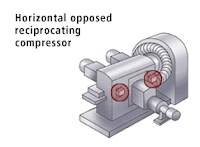Littelfuse/SSAC Output controller from Sords Electric
The Littelfuse PHS Series is an ideal method of changing lamp intensity, varying the speed of a fan/motor, or controlling the temperature of a heater. The effective output voltage is adjusted with an accessory external potentiometer suitable for line voltage applications.
Contact Sords Electric HERE!
 |
| Littelfuse PHS Phase Controller |
Operation:
Upon application of input voltage, effective output voltage can be varied by changing the external resistance value. As the external resistance increases, the effective output voltage decreases. The inverse is also true.
Features and Benefits
External adjustment - 230VAC rated potentiometer >> Allows control of heavy loads directly, solid state design will provide long life
Up to 20A steady state - 200A inrush >> Allows control of heavy loads directly, solid state design will provide long life
Single hole surface mounting >> Provides quick and easy installation
Accessories
Panel mountable, industrial potentiometer recommended for remote time delay adjustment
Panel mountable, industrial potentiometer recommended for remote time delay adjustment
Contact Sords Electric HERE!












